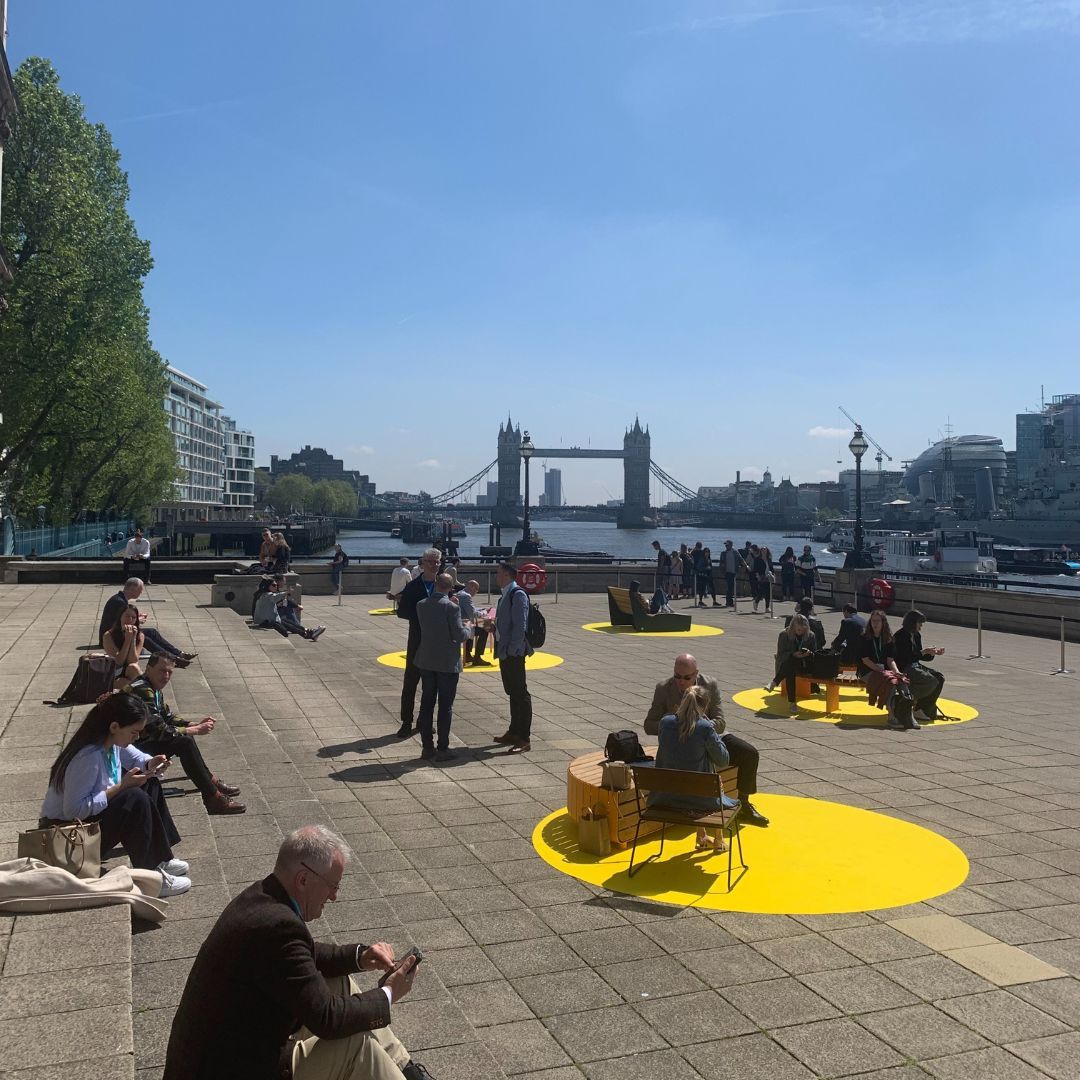"To create a sustainable lifestyle, we need to address the whole neighbourhood".

Last week Lisa Hill and Tom Elliott headed to a famous former fish market to catch a series of conversations about advancing sustainability in the built environment. Old Billingsgate Ltd - Events Venue was home to FOOTPRINT+'s first London conference. Here's what we learnt:
Start early — Laura Collins, Stanhope PLC, and Kelly Crews, Willmott Dixon, were among the many speakers urging the audience to bring in contractors and suppliers with specialist knowledge much earlier. Investors like Royal London Asset Management see the benefits of getting involved in the early design stages too, with Laura Thrower explaining how important that is to ensuring that climate risk is mitigated.
Work together — "It won't be engineering that gets us to net zero, it'll be occupier engagement," according to Amrita Dasgupta Shekhar, Greengage Environmental Ltd. Anna Hollyman, UK Green Building Council (UKGBC) agreed that we are moving away from split incentives as a source of conflict between building owners and occupiers, toward "mutual collaboration". Suki Gilliland offered Landsec's strategy as an example, with its tenants able to benefit from free energy audits and advice on how to reduce their consumption.
Think big — "To create a sustainable lifestyle, we need to address the whole neighbourhood", in the words of Jeremy Walker, Human Nature. But a note of caution from Ben Cross, General Projects: In a commercial environment, where everyone wants to be the best, "don't let perfection be the enemy of good".
The Future means timber — Following the UK Government launching its Timber in Construction Roadmap in December, one of the stages was dedicated to exploring structural timber as a net zero solution. At the White Arkitekter breakfast briefing on building with timber, Oskar Norelius explored the extent of large-scale timber development across Europe as well as the benefits, revealing major savings in construction build time (and therefore cost), in one example going from 3 years to 2 years.
ING Media
)
)